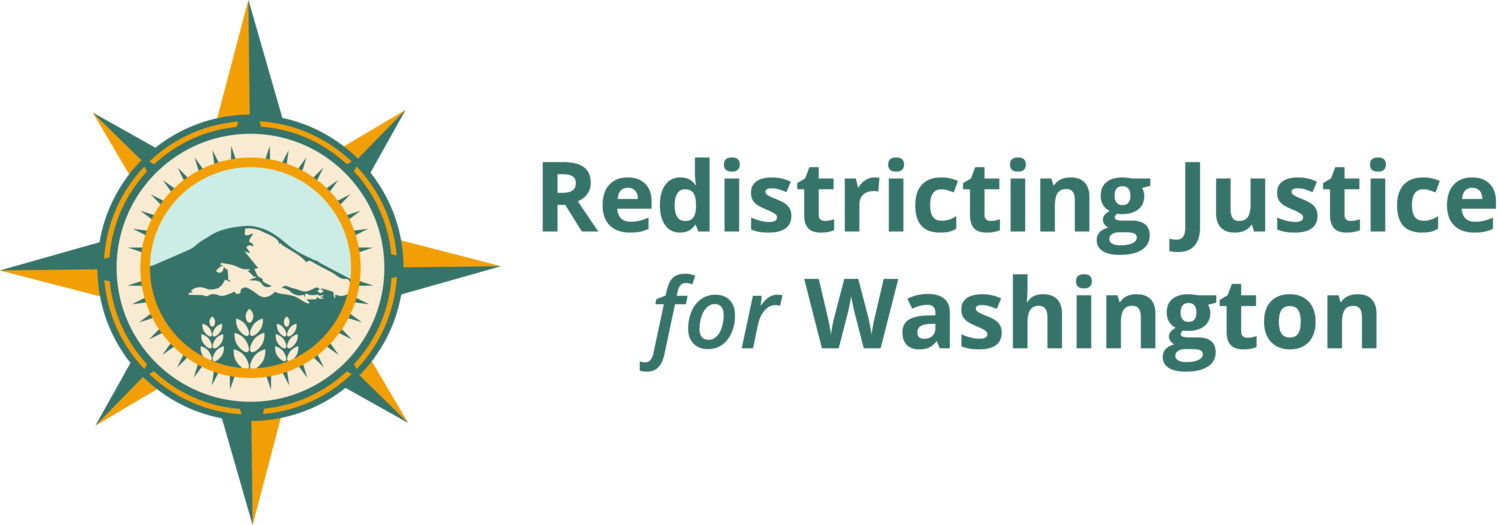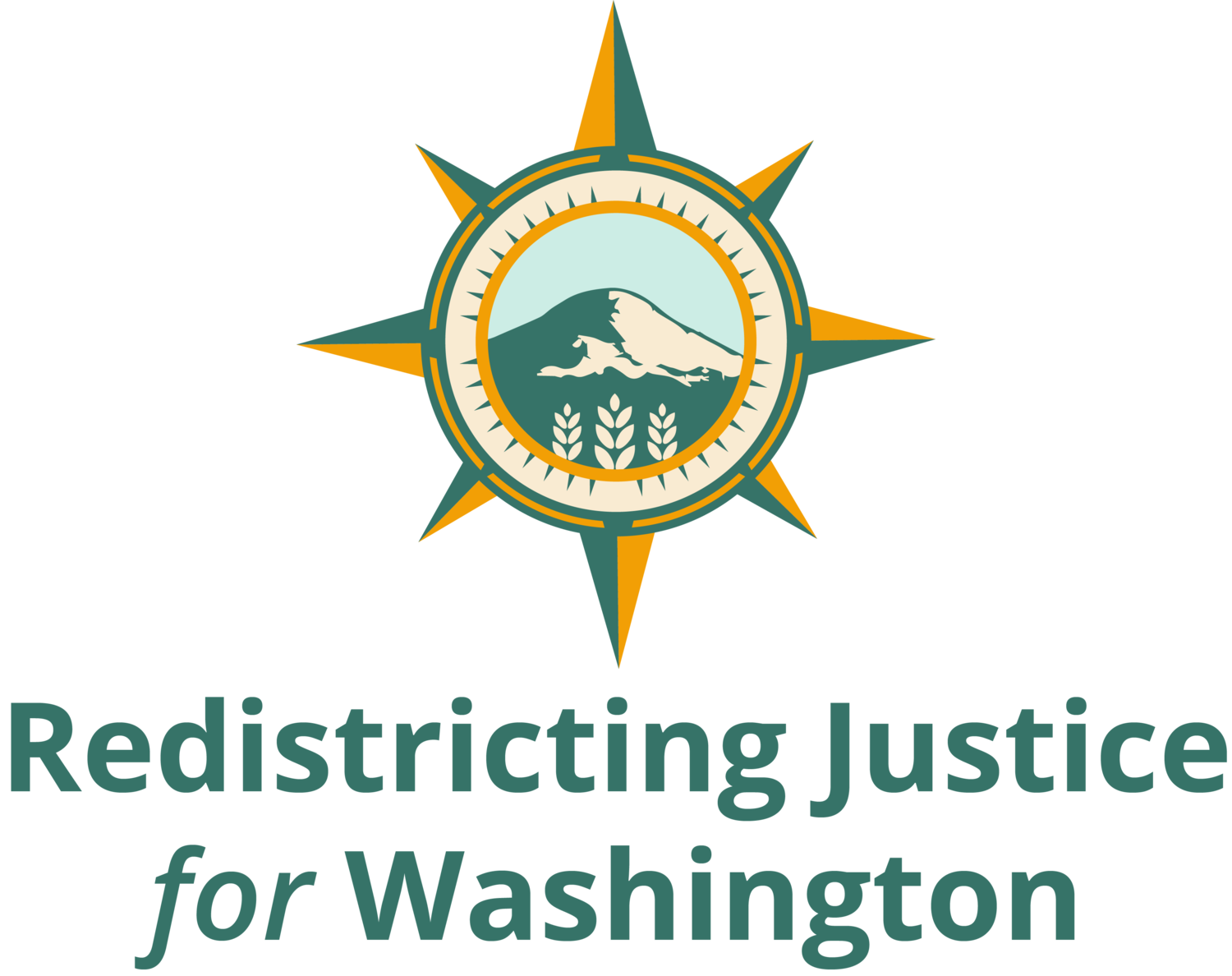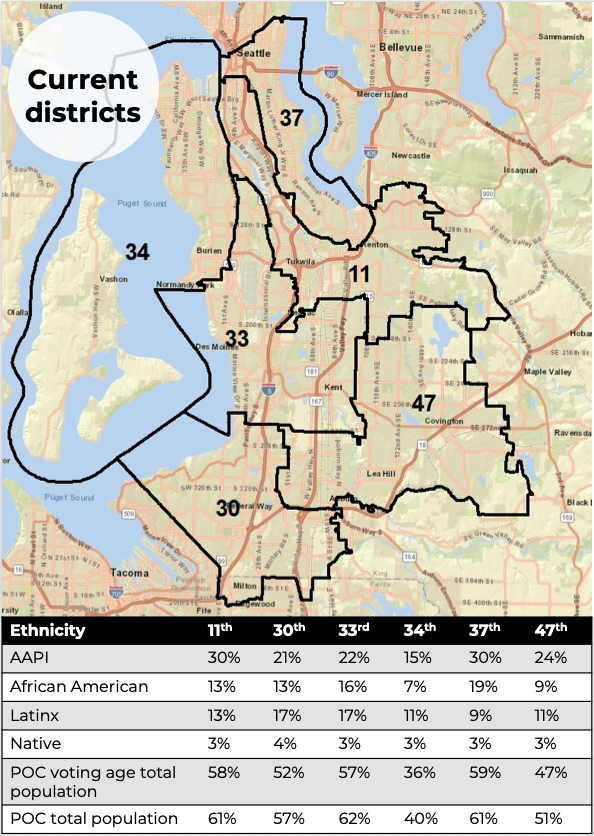2020 Statewide Congressional & Legislative Redistricting
Throughout 2020-2022, RJW activated hundreds of Washingtonians to create the most publicly-engaged redistricting process in state history. We held dozens of community mapping education events, mobilized hundreds of public testimony, created map proposals for the Redistricting Commission, and lobbied for redistricting reform in the Legislature for a fairer, more people-powered redistricting process.
In the end, we doubled the number of majority-minority state legislative districts, preserved the majority-minority 9th congressional district, and kept Indigenous Reservations and communities of color together.
Map Proposals

9th Congressional District
The 9th congressional district is the only district of Washington’s 10 districts that is majority people of color. Without a majority-minority 9th district, people of color have no opportunity to have a majority voice to elect any of Washington’s 10 congressional representatives. This is why RJW created a proposal that preserves the 9th majority-minority status so that people of color in Washington can have one solid majority district to elect and hold accountable a member of Washington’s congressional delegation.Our proposal also looked at race in an intersectional lens with class. We removed wealthier Bellevue, Newcastle, and Mercer Island from the 9th to create a predominantly working class district. Despite both being diverse, rich Eastside and poor South King County communities have vastly different issues and priorities. Right now, the 9th district electorate toggles some of the wealthiest voters in King County and some of the poorest, and so must its representative. Removing the Eastside and adding in diverse, low-income South King cities mandates the 9th district and its representative to be fully accountable to the working class South Seattle-King County communities, a historically marginalized region.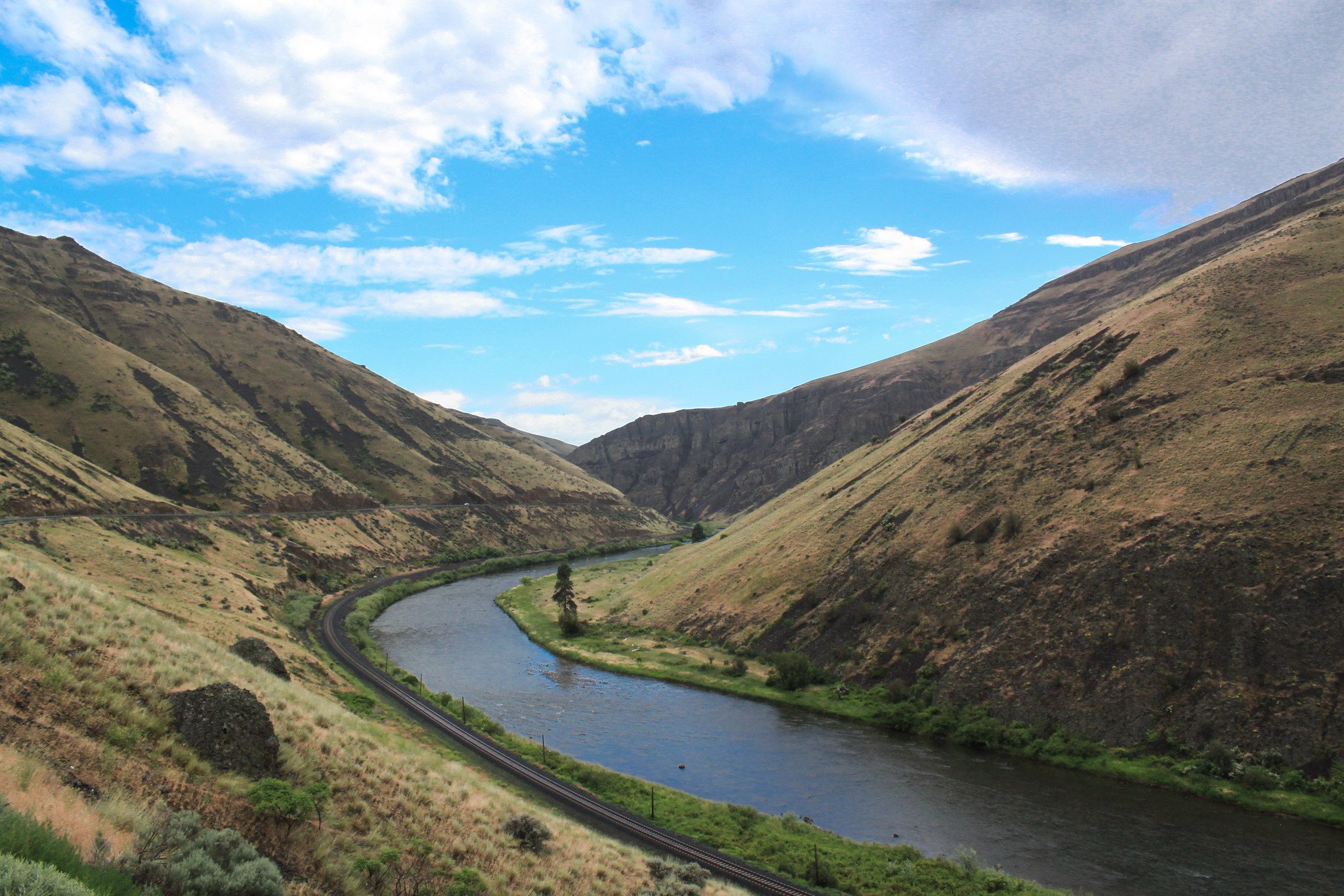
Yakima Legislative Districts (14, 15)
This district proposal is supported by the plaintiffs of the successful Palmer v Hobbs Voting Rights lawsuit and the South Central Washington Coalition to draw the whole of the Yakama Nation, Yakima Valley, East Pacso, and East Yakima into one district and comply with Section II of the Voting Rights Act to create a majority-Latino district where Latino and Native voters have the opportunity to elect a candidate of their choice. This new legislative district that is majority-minority by citizen-voting-age population, or eligible voters. This keeps communities of interest together and empowers Latino and Native voters to elect a candidate of their choice. This would be the first time in state history where Latino and Native voters in Eastern Washington could elect a candidate of choice under protection of the Voting Rights Act. The State must pass this community-supported district to remedy their current illegal legislative district map.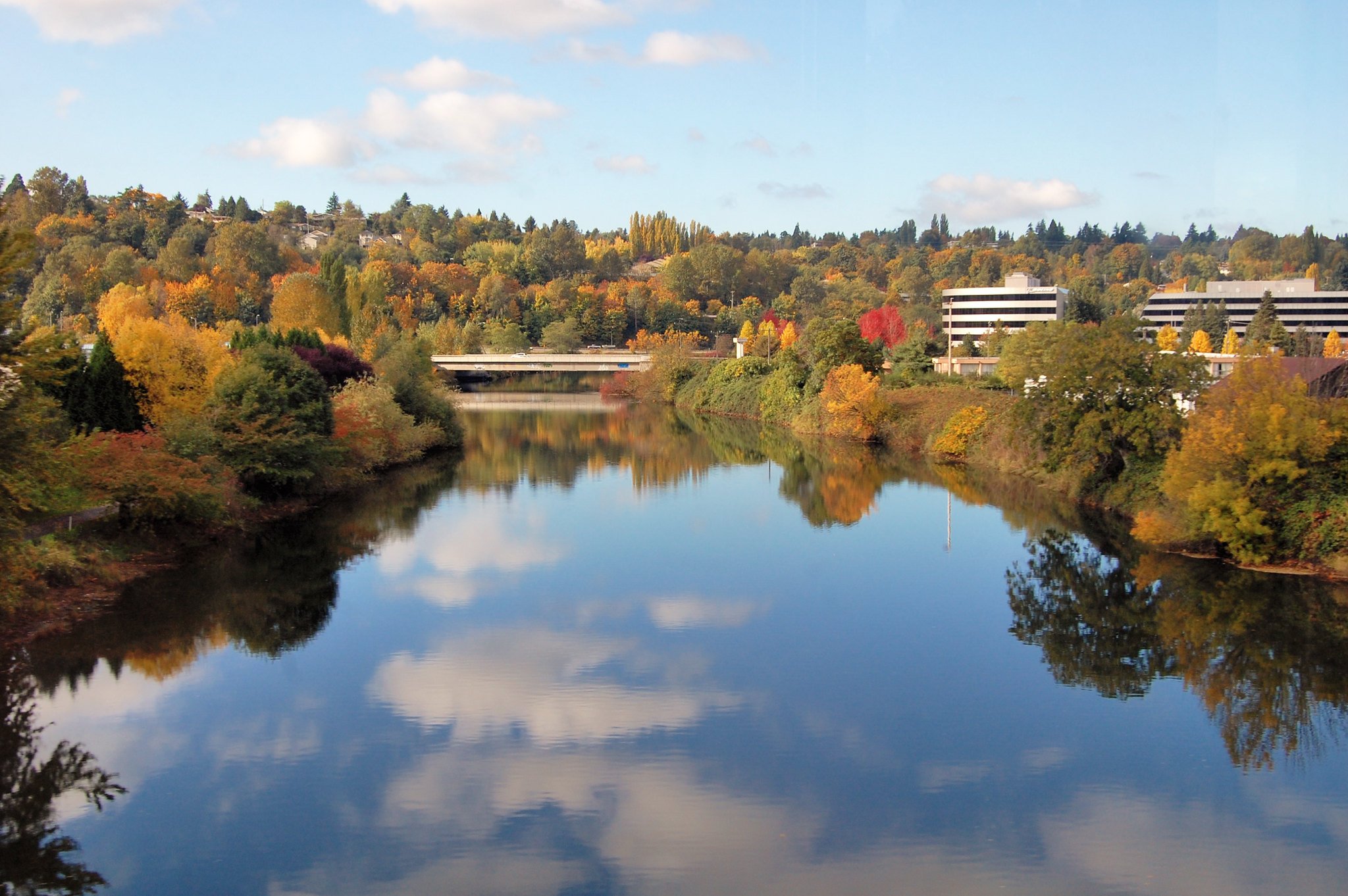
South King County Legislative Districts
(11, 30, 33, 34, 37, 47)
Our number one priority was to make the 11th and 33rd LDs majority-minority Citizen-Voting-Age-Population (CVAP), otherwise known as eligible voters. Despite making up 35% of Washington, mathematically, people of color can only comprise a majority of the eligible voters to elect a representative in 1/49 legislative districts—the 37th district. By creating more districts that are majority-minority CVAP, we can create a more proportional legislative district map for people of color to elect as close to 35%—or 17/49 LDs— of our state representatives as possible. This is why we are prioritizing creating an additional two majority-minority CVAP LDs in South King County: the 33rd LD in Kent and SeaTac and the 11th LD in Renton and Tukwila. We also made sure to protect the majority-minority by population 30th and 47th LDs; as well as keeping the Chinatown-International District whole in the 37th LD.
Snohomish County Legislative District 1
The number one priority for our Snohomish map proposal was prioritizing the creation of a majority-minority legislative district in the heart of Snohomish County.Our map proposal consolidated population of color within Lynnwood, North Lynnwood, and South Everett into one Legislative District, LD 21.

Pierce County Legislative Districts
(27, 28, 29)
Our proposal for the Pierce County region was to create a new majority-minority 28th district and keep communities of color intact.We created a map proposal ensuring that South Tacoma communities of color stayed whole in the majority-minority 29th LD. Then we created a brand new majority-minority district in the 28th LD by condensing more communities of color in Lakewood together to create a historic second majority-minority district in Pierce County.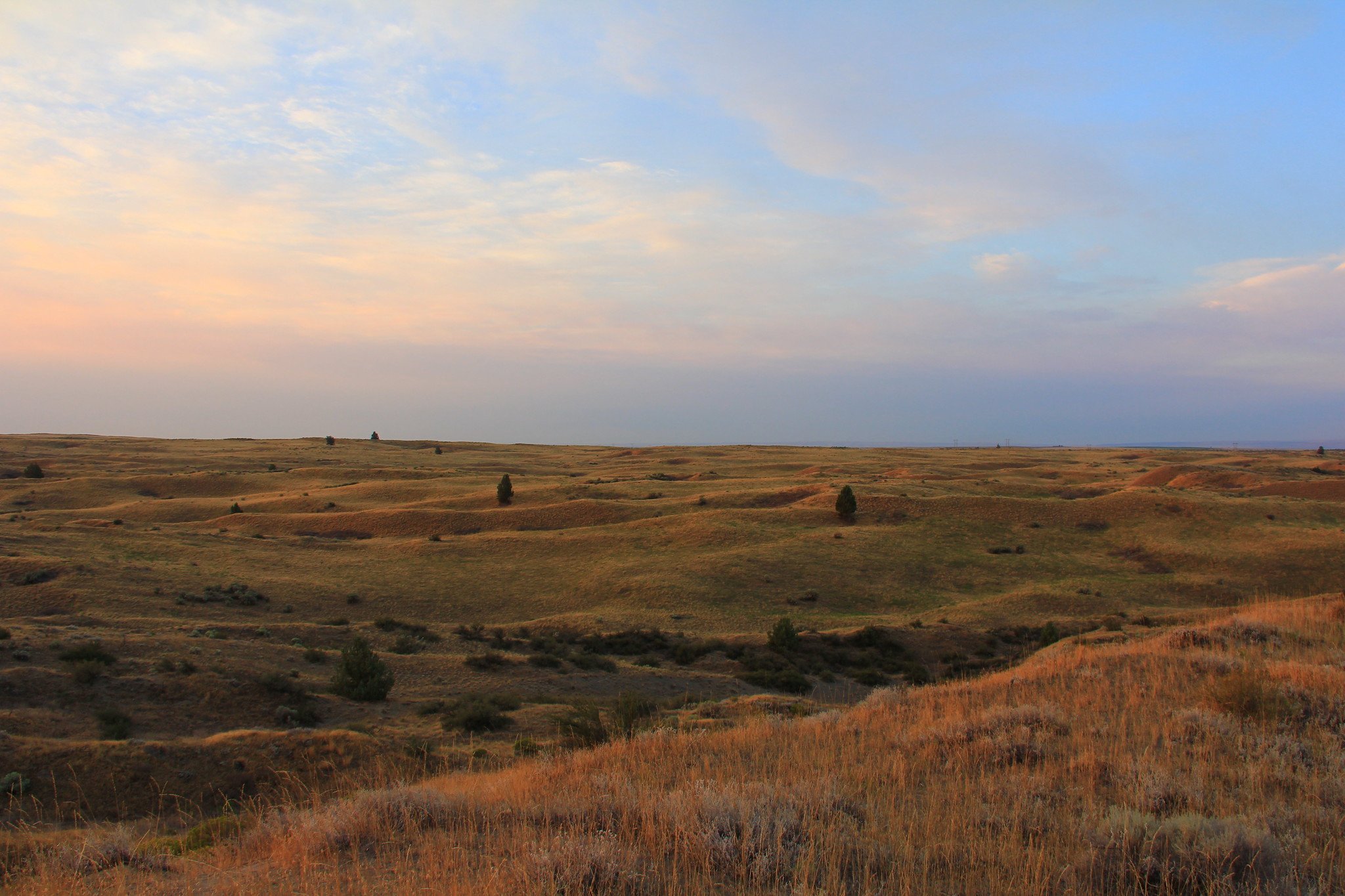
Tri-Cities Legislative District 16
Pasco is 55% Latinx residents. However, its Latinx community has faced structural disadvantages at the local county level and because of the inability to elect Latinx representatives. Tri-Citians should get a fair chance of electing someone that represents their communities at the state legislature.So we created a majority-minority 16th legislative district that encompasses all of Pasco and parts of Kennewick to empower Tri-Cities communities of color for better representation.